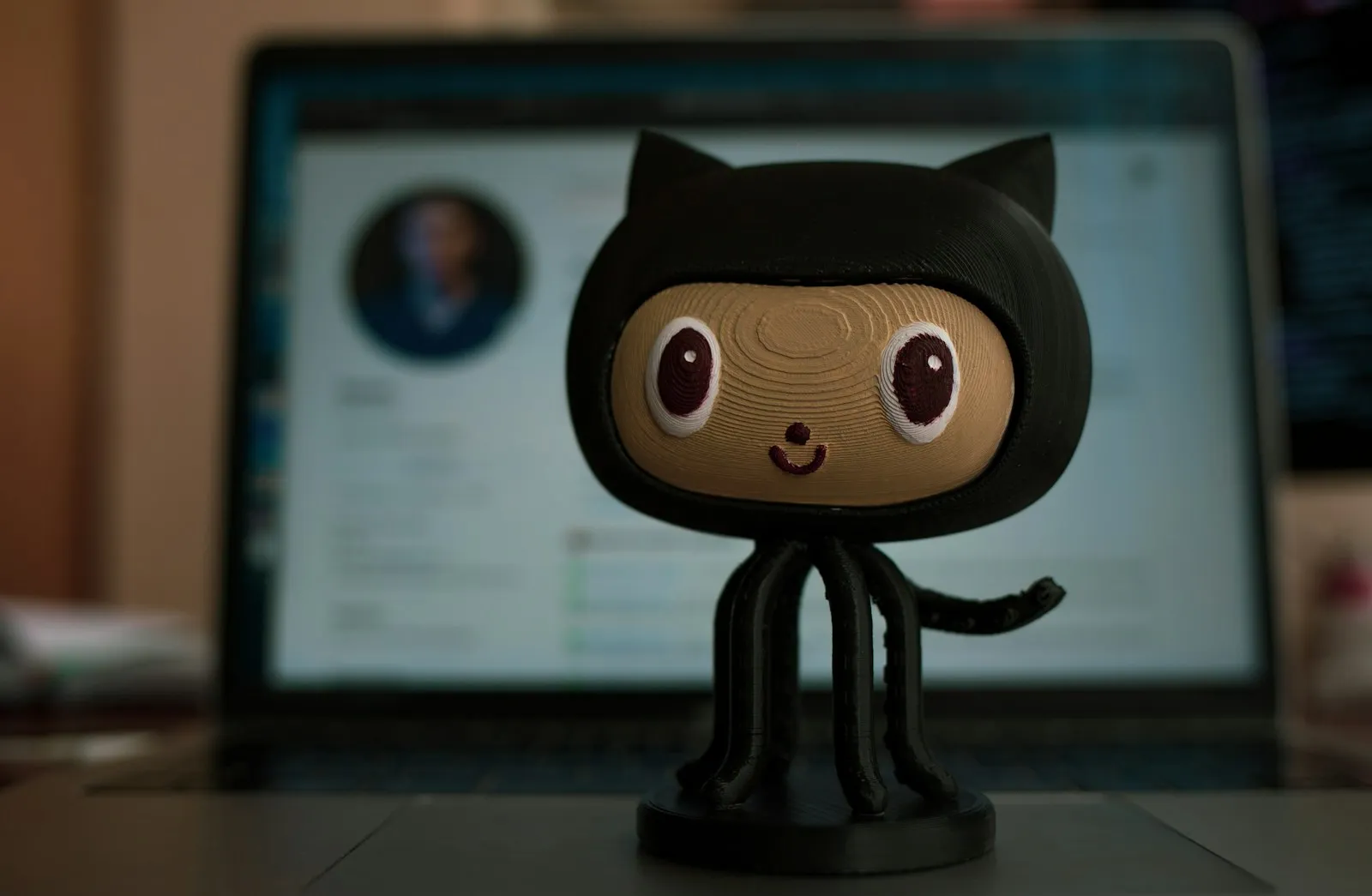Dynamic History of Inner Core
Progressive crystallisation of Earth’s inner core drives convection in the outer core and magnetic field generation. Determining the rate and pattern of inner core growth is thus crucial to understanding the evolution of the geodynamo.
Abstract
Progressive crystallisation of Earth’s inner core drives convection in the outer core and magnetic field generation. Determining the rate and pattern of inner core growth is thus crucial to understanding the evolution of the geodynamo. The growth history of the inner core is likely recorded in the distribution and strength of its seismic anisotropy, which arises from deformation texturing constrained by conditions at the inner-core solid-fluid boundary. Here we show from analysis of seismic body wave travel times that the strength of seismic anisotropy increases with depth within the inner core, and the strongest anisotropy is offset from Earth’s rotation axis. Then, using geodynamic growth models and mineral physics calculations, we simulate the development of inner core anisotropy in a self-consistent manner. From this we find that an inner core composed of hexagonally close-packed iron-nickel alloy, deformed by a combination of preferential equatorial growth and slow translation, can match the seismic observations without requiring hemispheres with sharp boundaries. Our model of inner core growth history is compatible with external constraints from outer core dynamics, and supports arguments for a relatively young inner core (~0.5–1.5 Ga) and a viscosity >1018 Pa-s.
Download
Download the paper here



